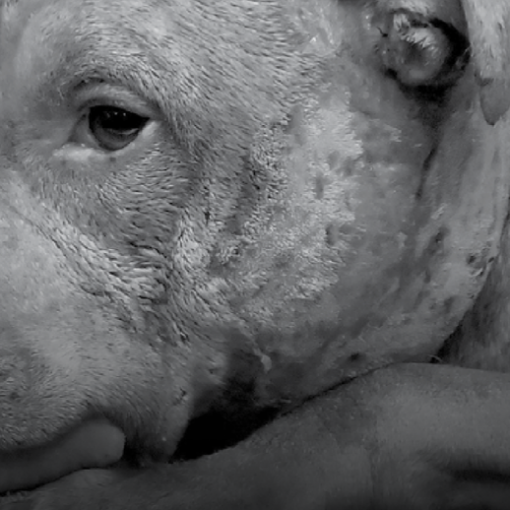For years, researchers have shown a direct correlation between violence toward animals and violence toward humans.
Two recent mass shootings prove this point. As reported by Time, Newsweek, ABC News, and many other media outlets, the 18-year-old Uvalde gunman posted videos of cats he had killed and he was witnessed by friends hurting dogs in the months and years before he allegedly murdered 19 schoolchildren and two teachers at an Uvalde, TX elementary school.
“He would go to the park and try to pick on people, and he loved hurting animals,” the gunman’s classmate Jaime Arellano told the Daily Beast.
It was much the same story for the white teenager in Buffalo, New York who is charged with killing 10 black shoppers at a supermarket in the racially motivated massacre. That gunman also bragged online about hurting cats and other animals.
RESEARCH IS SOLID
As Time magazine reports, “Research has long identified animal cruelty as a strong predictor of subsequent violence against persons, finding that animal abusers are as much as five times more likely to harm humans.”
Time continues, “A review of school shootings from 1988 to 2012 found that 43% of the shooters had histories of animal cruelty, and the perpetrator of the 2018 high school massacre in Parkland, FL was a chronic animal abuser as well.”
LAW ENFORCEMENT CHALLENGES
Taking notice of the research linking violence against animals to violence against humans, the FBI began tracking animal cruelty cases more closely in 2016. Before then, animal cruelty was grouped under “all other offenses.”
The FBI’s National Incident-Based Reporting System (NIBRS) began collecting detailed case information on felony animal cruelty incidents from participating law enforcement agencies. However, the NIBRS has its critics because not every police agency is sending in this important data for tracking and many felony cases are pled down to misdemeanors, bumping them out of the system.
More than 10 years ago, a study by the ASPCA found only 20% of law enforcement officers had received animal cruelty training. Less than half were familiar with animal cruelty laws.
The study went on to conclude that much of law enforcement leadership see animal cruelty cases as a “low priority.” In South Carolina, animal control officers are not required to complete formal training as are sworn officers.
The study went on to conclude that police leadership see animal cruelty cases as a “low priority.”
CONNECTING THE DOTS
In an article on the FBI’s Law Enforcement Bulletin – experts write that “Having a thorough understanding of animal cruelty, the associated investigations, and the applicable codes is essential — not only for the success of animal cruelty cases but other cases as well. Officers will possibly encounter multiple moving parts and overlapping investigations when they suspect animal cruelty or another crime that indicates animal cruelty. A multidisciplinary, cross-reporting approach to animal cruelty as well as to other crimes involved with animal cruelty creates an opportunity to save lives.”
FBI experts say, “Having background knowledge of the link between animal cruelty and violence can make a considerable difference in an investigation, and several key agencies can work together in a multidisciplinary team to achieve this goal.”
Agencies that include Child protective services, animal protection groups, veterinarians, domestic violence shelters, medical providers, and law enforcement. If they work together they can share information that could stop the next mass shooting.





